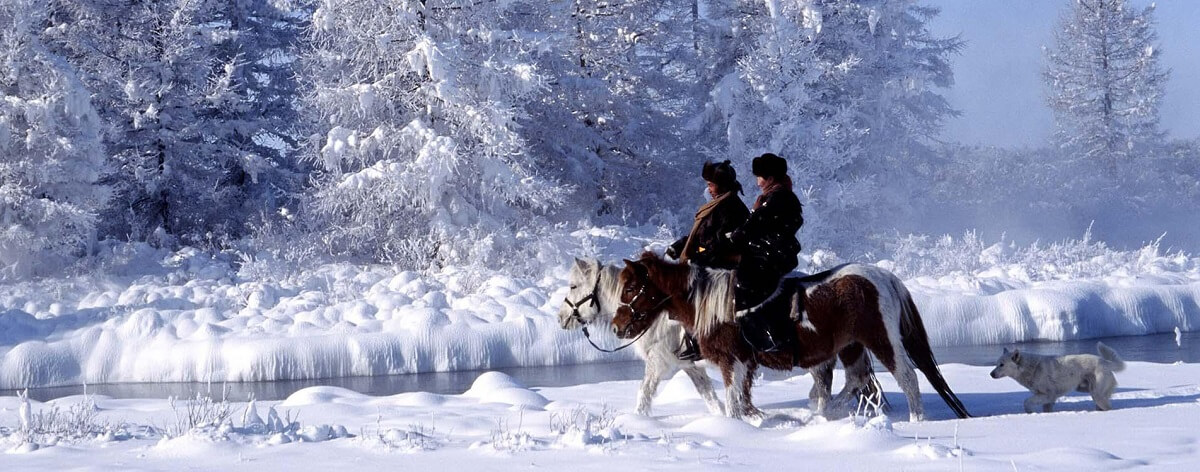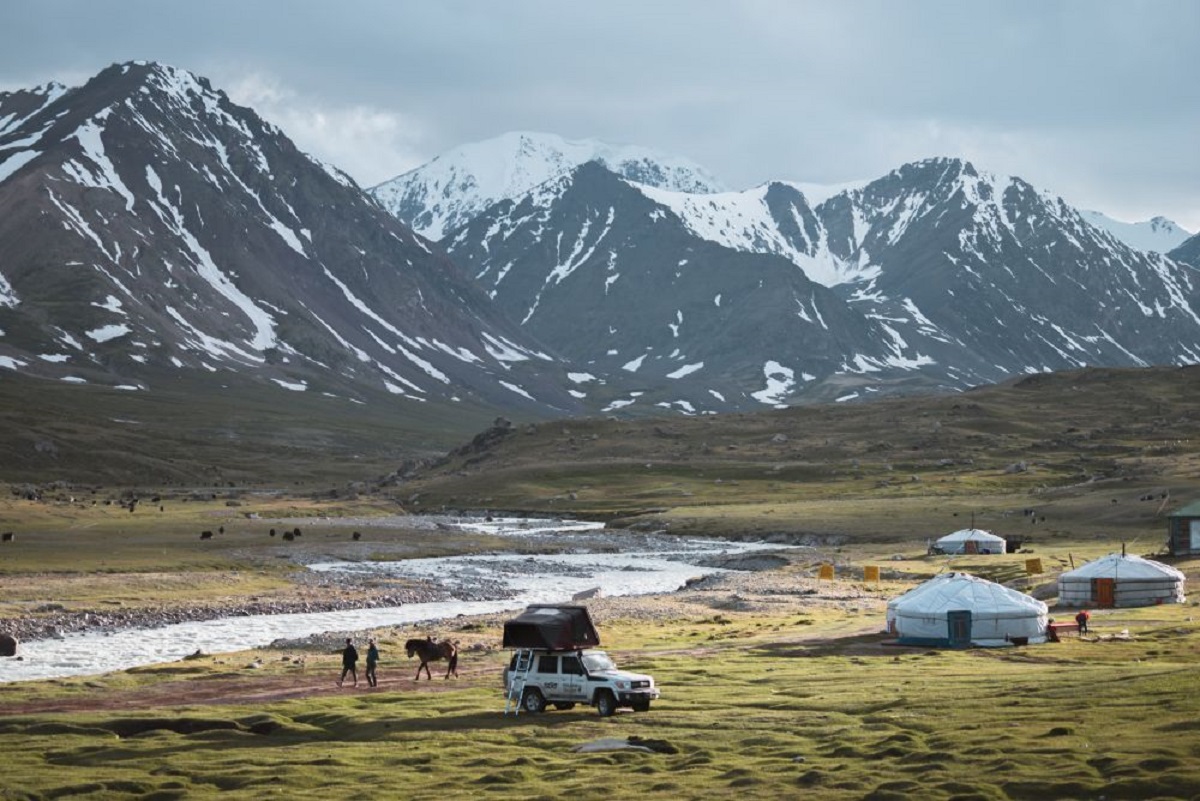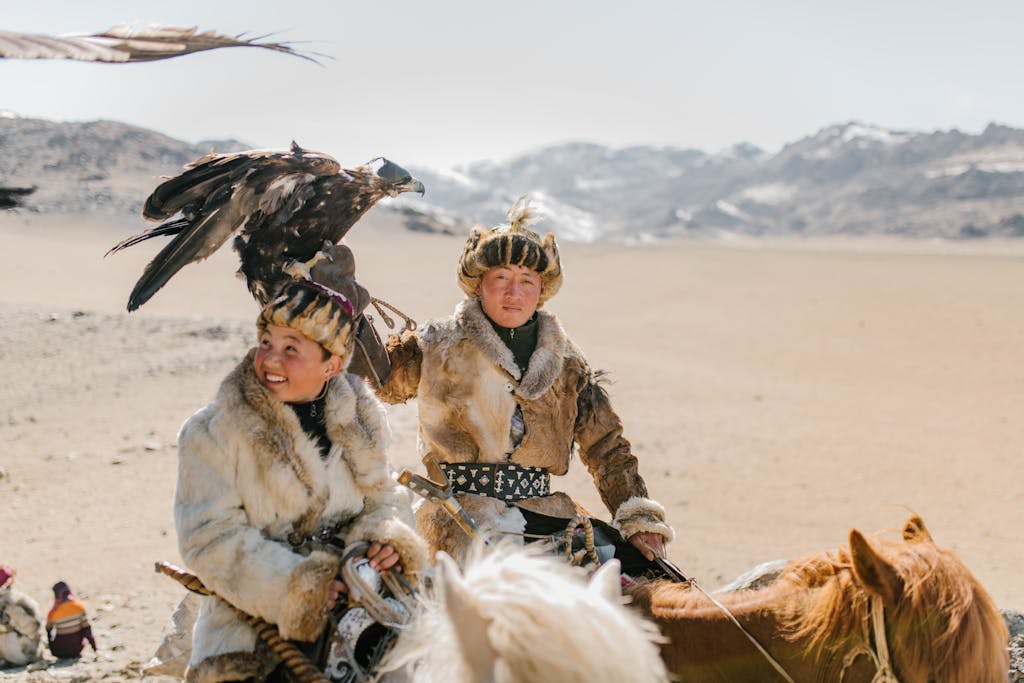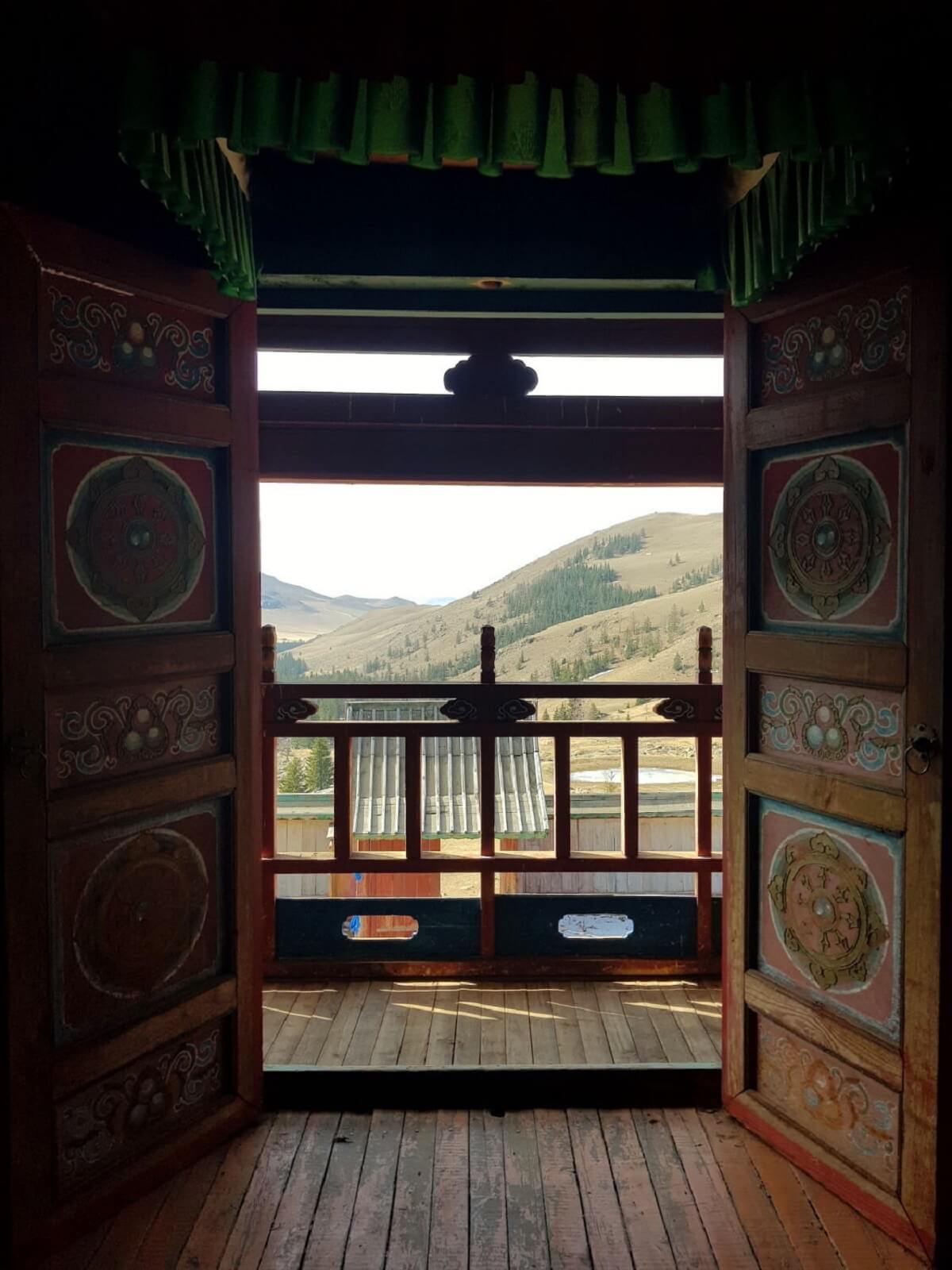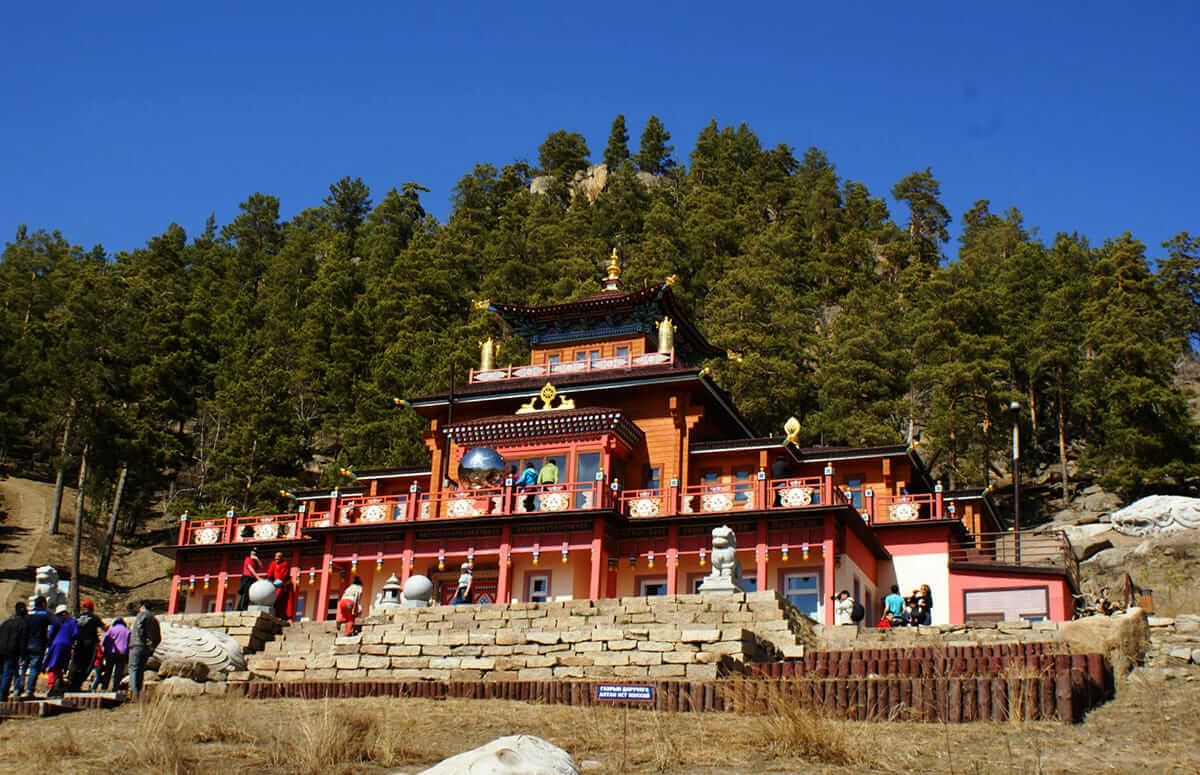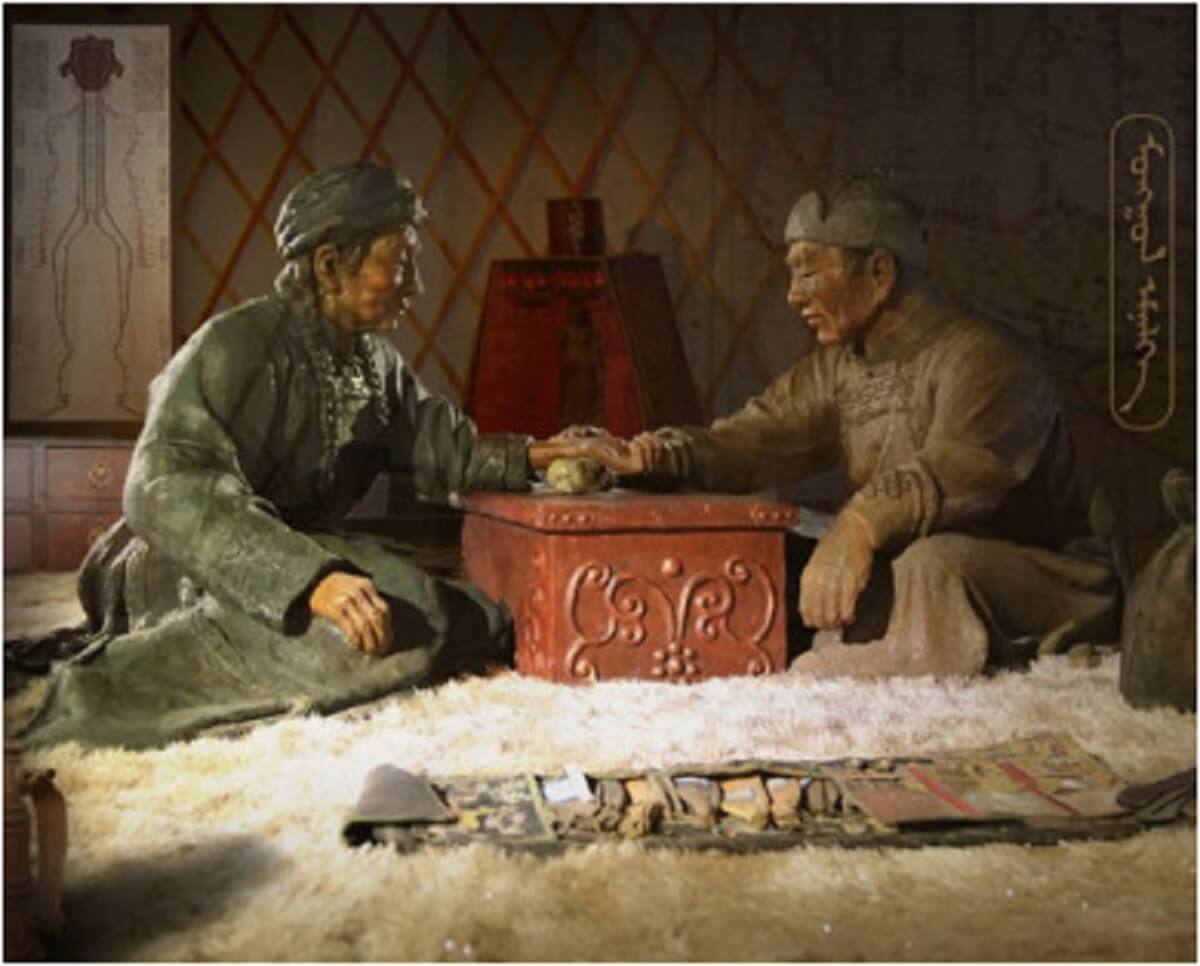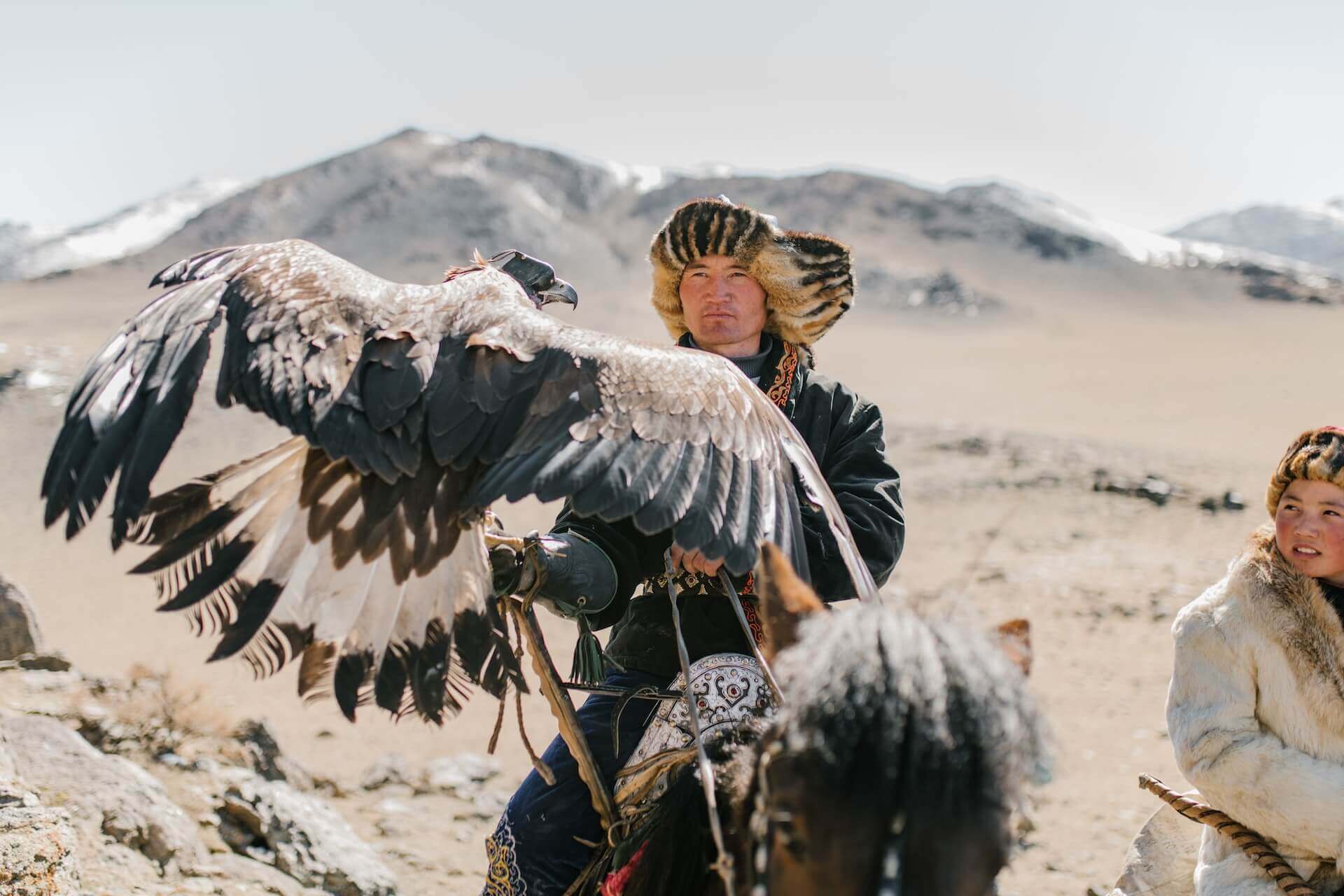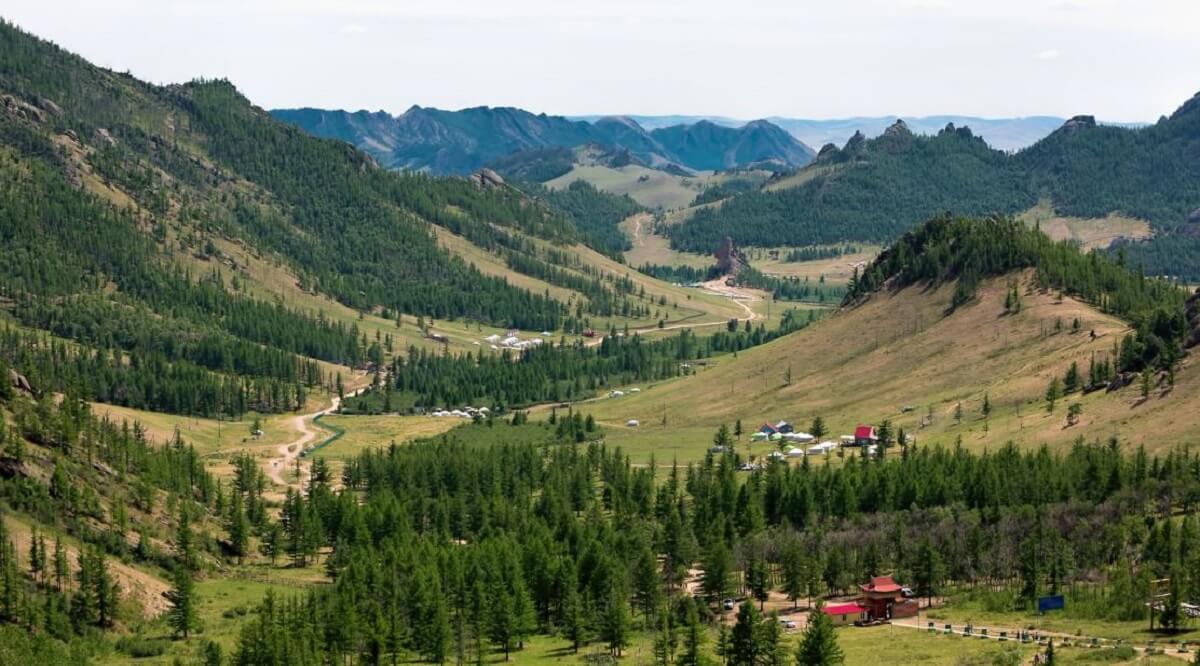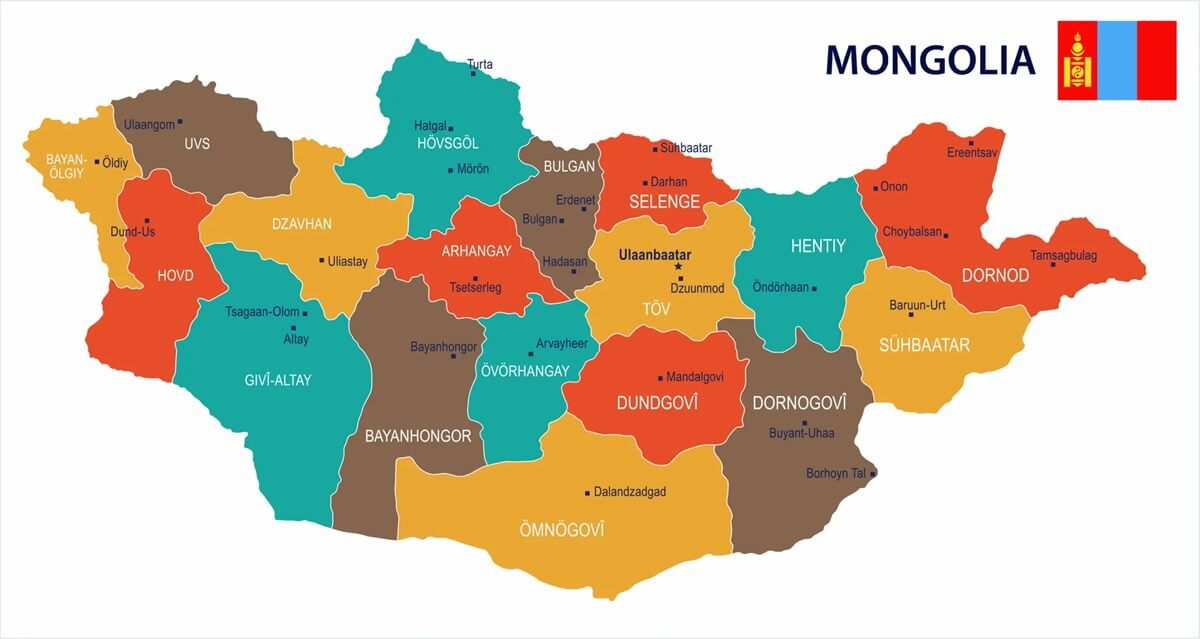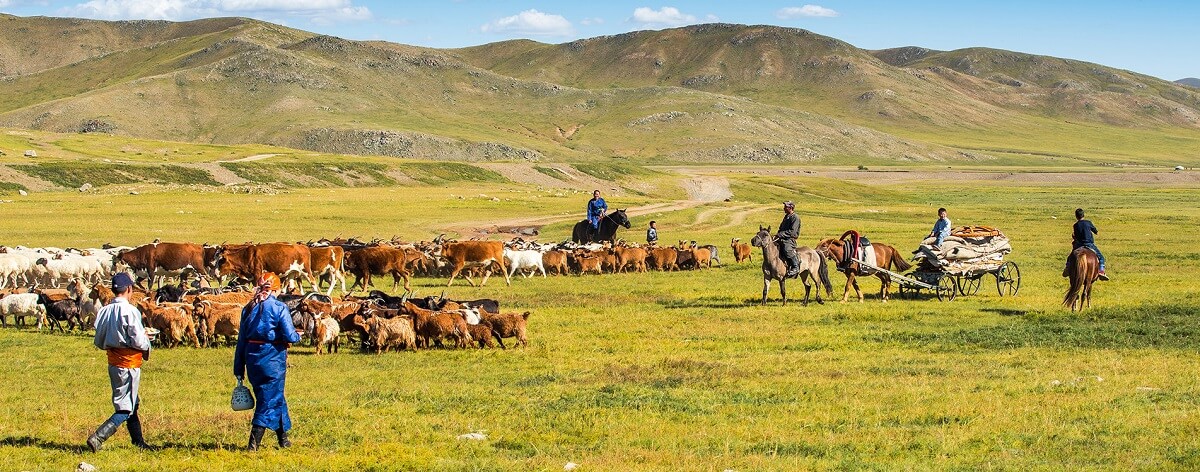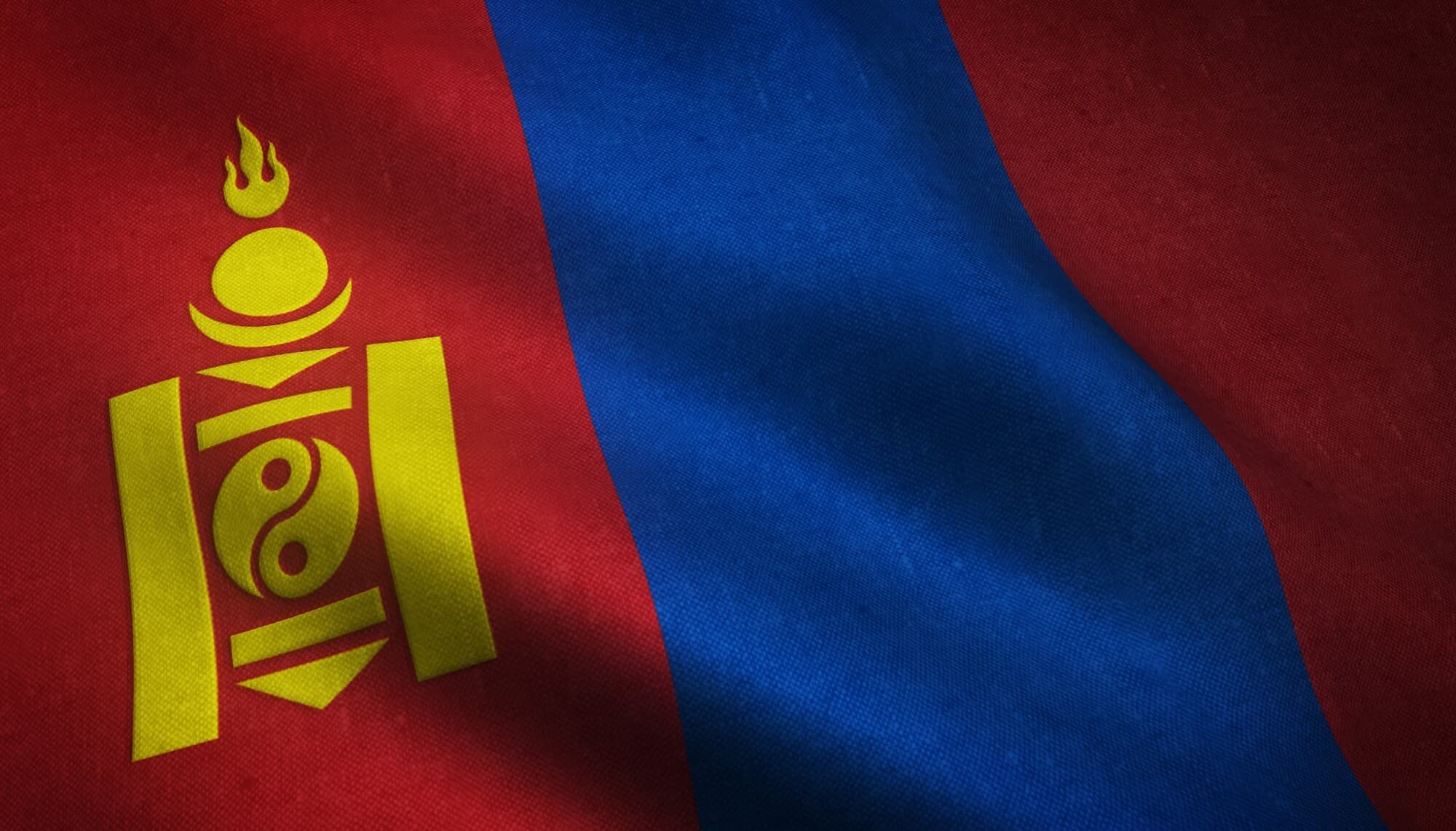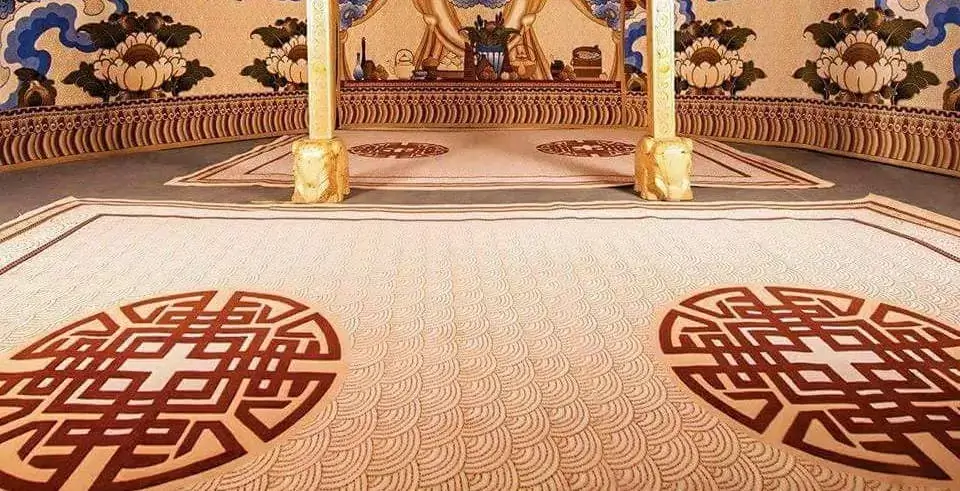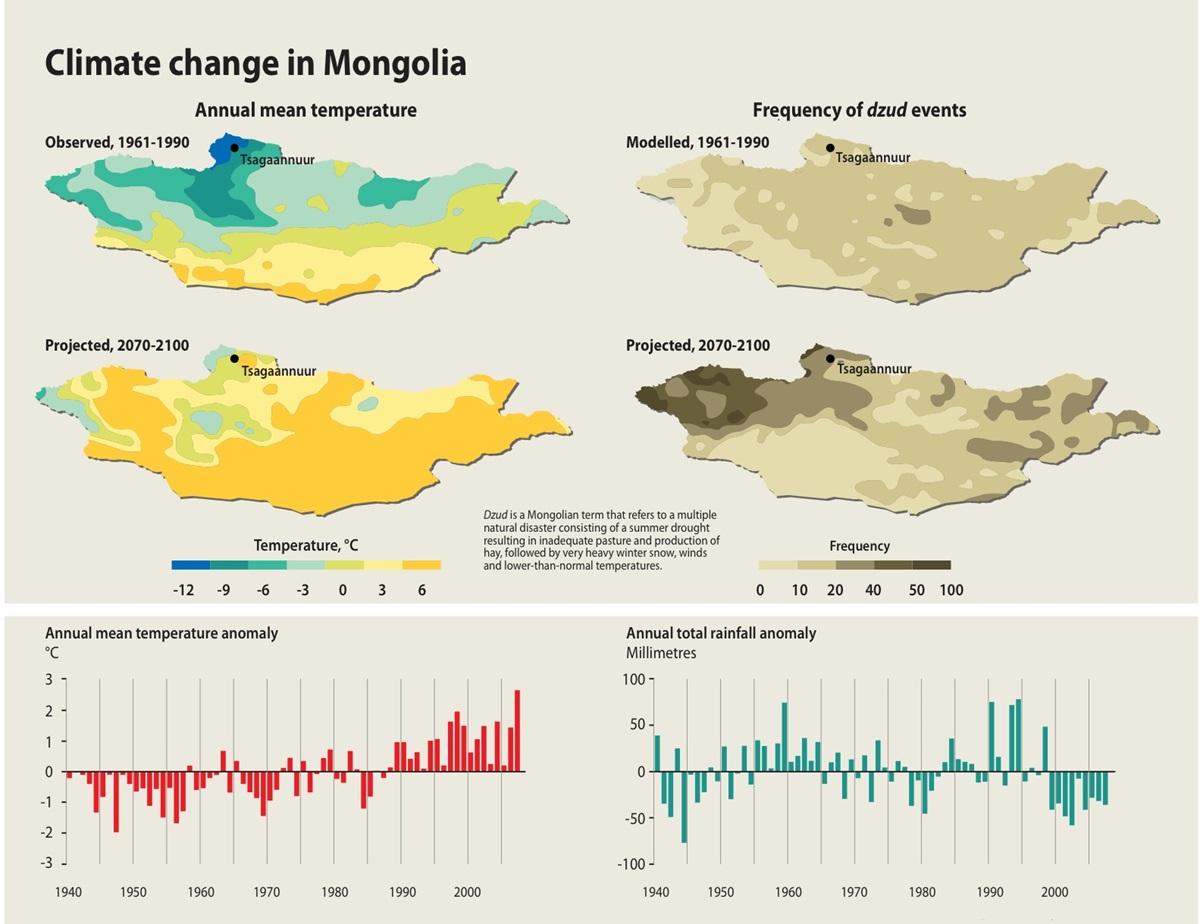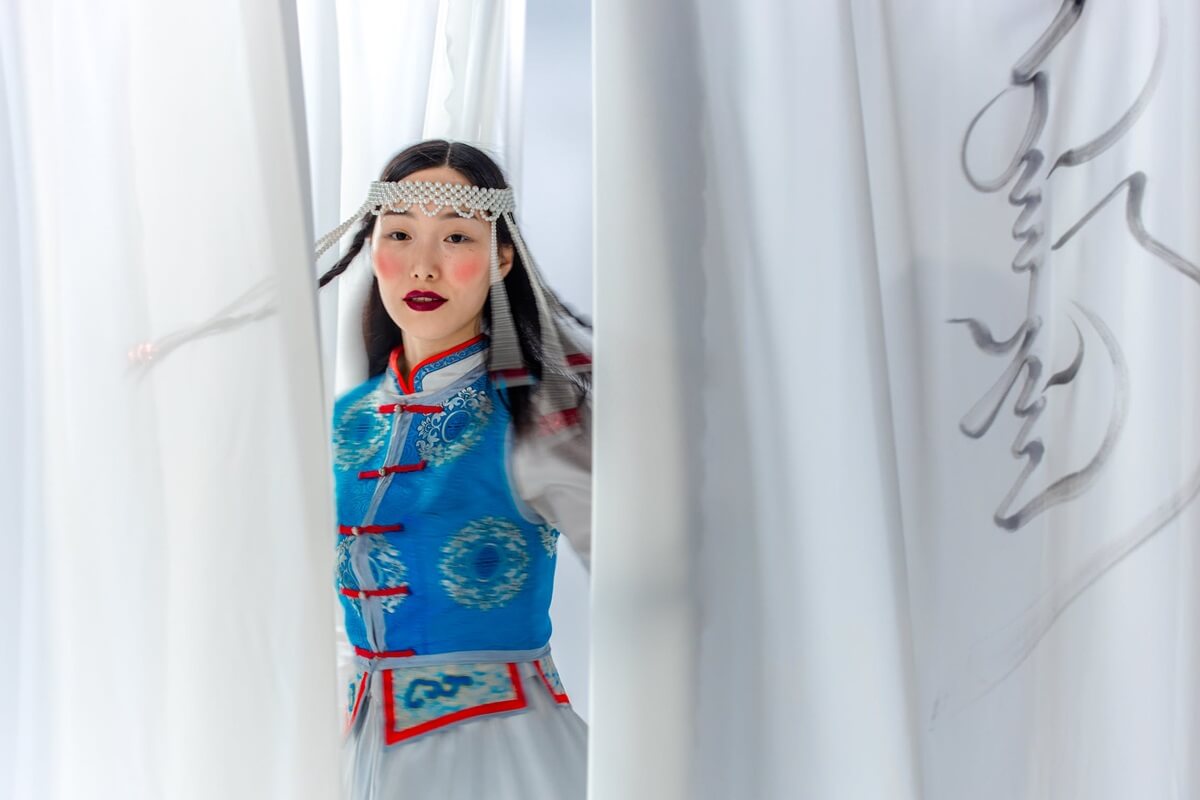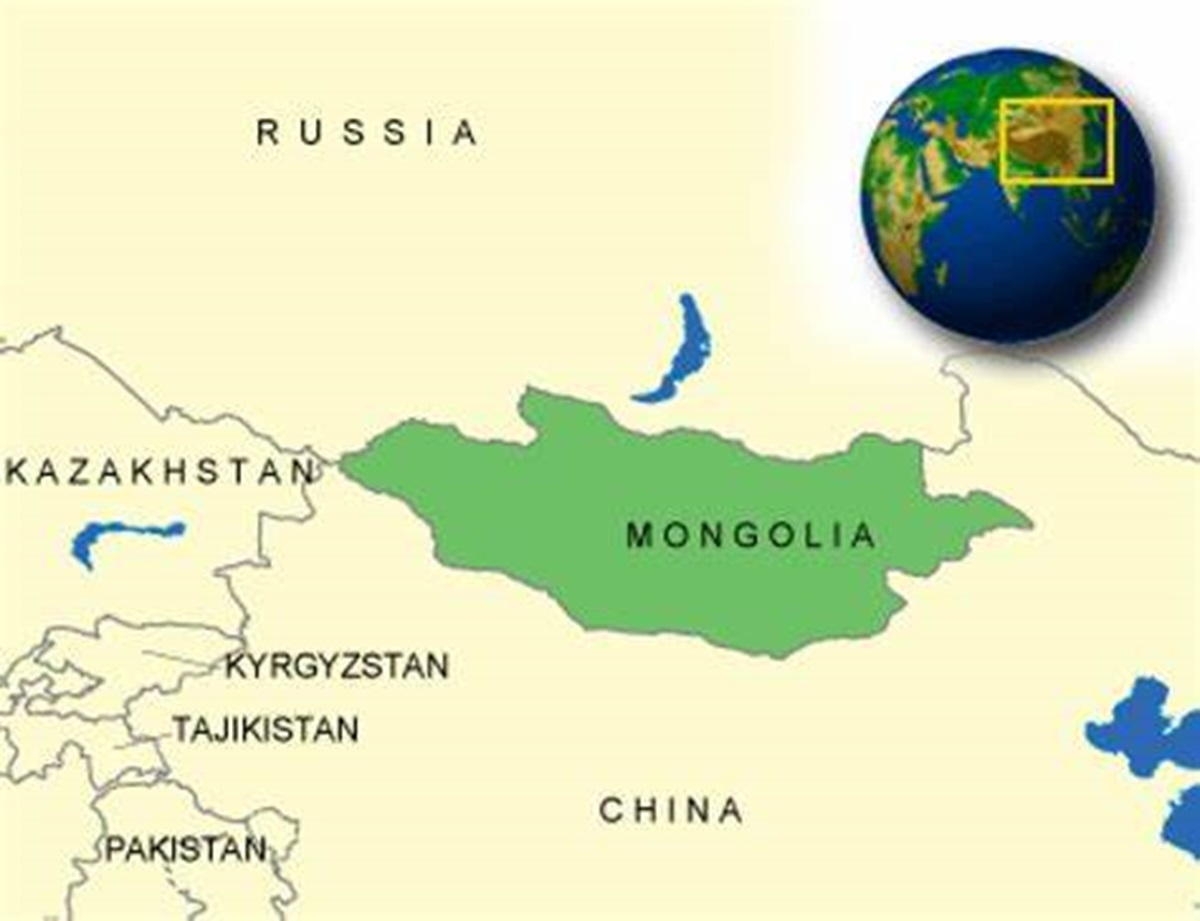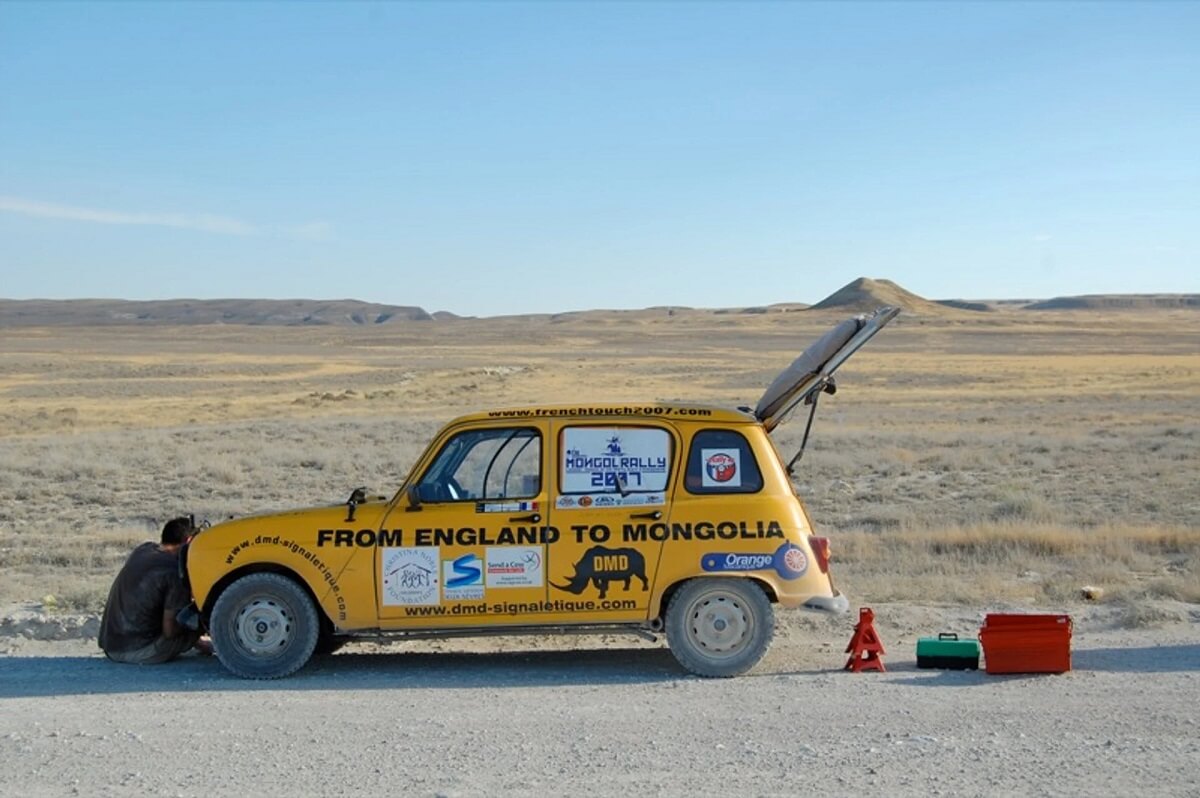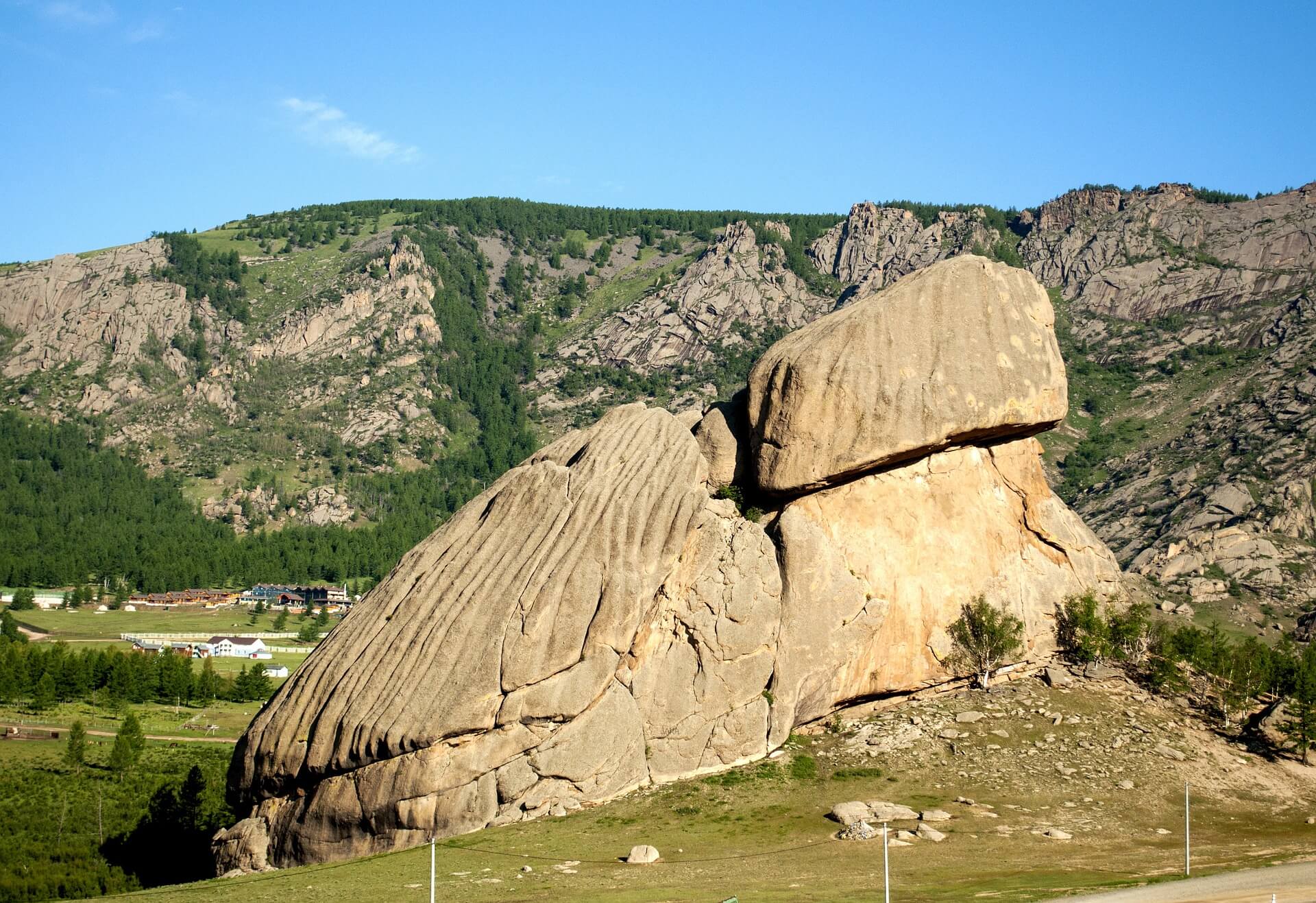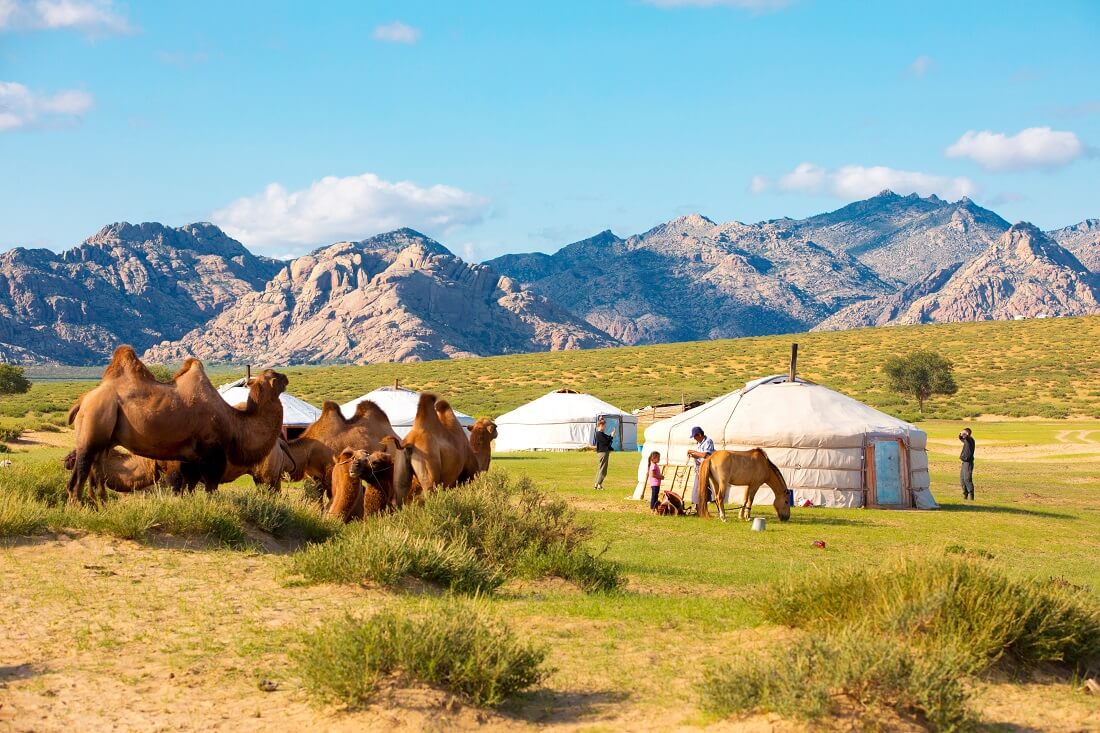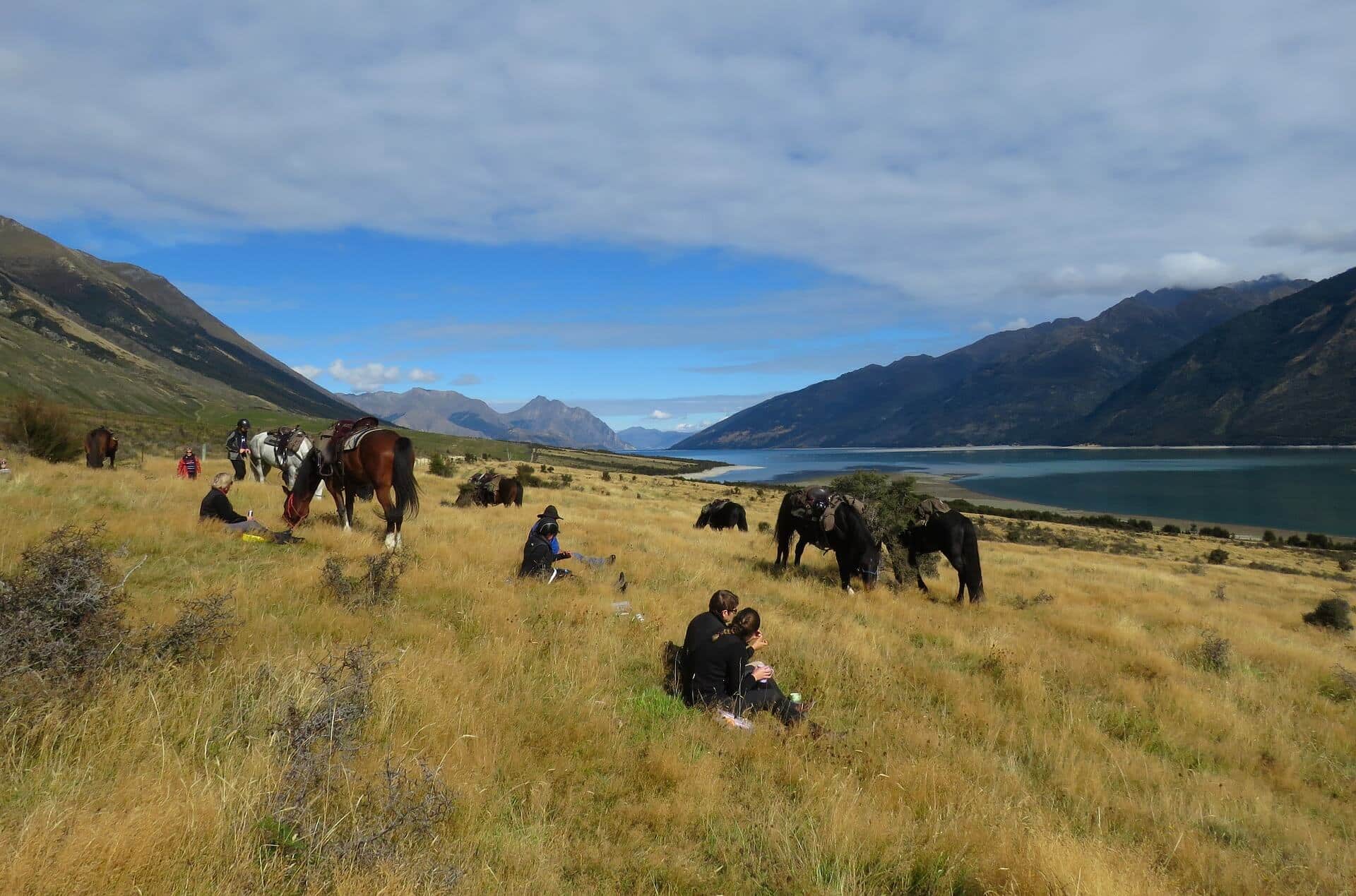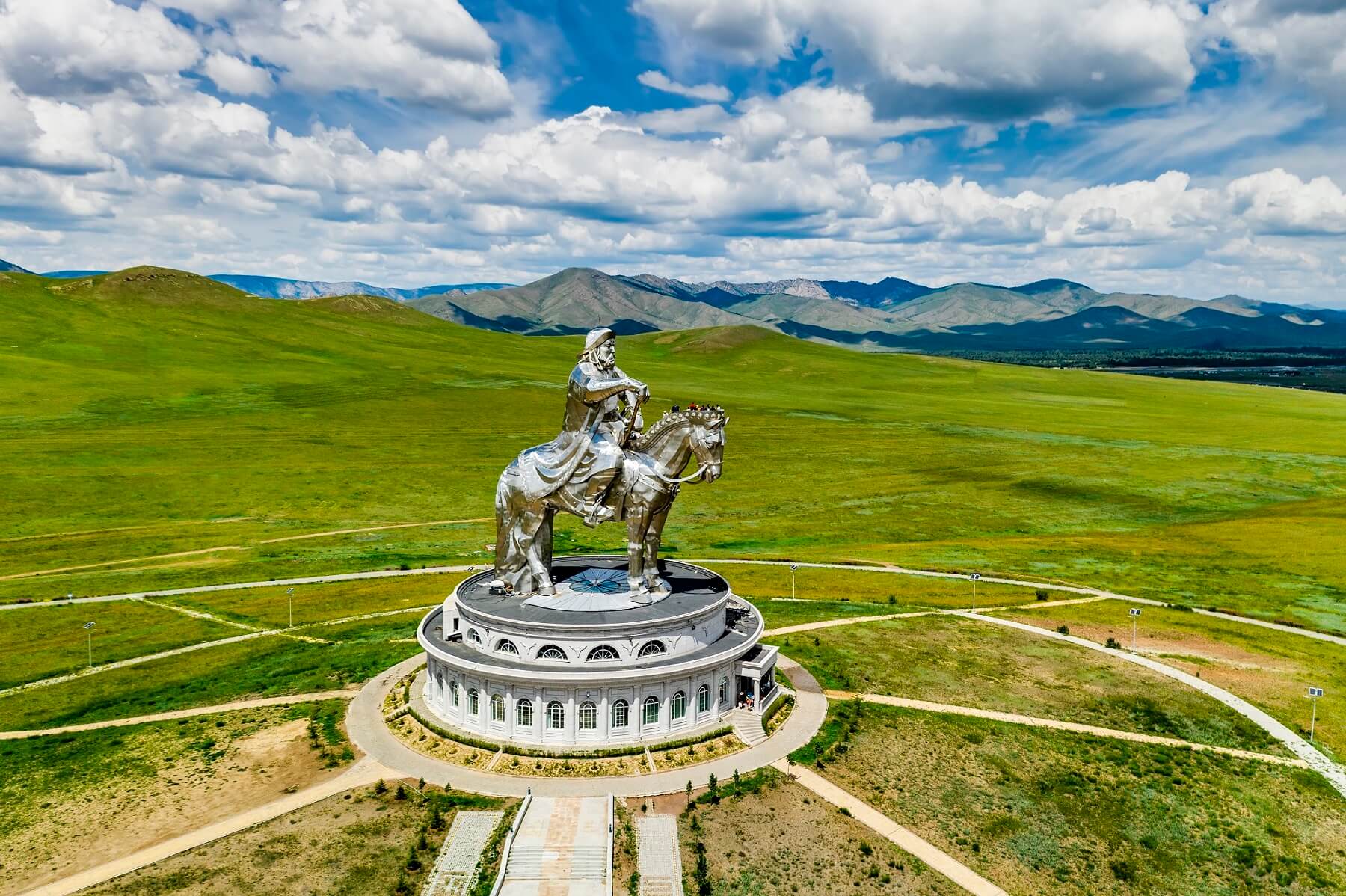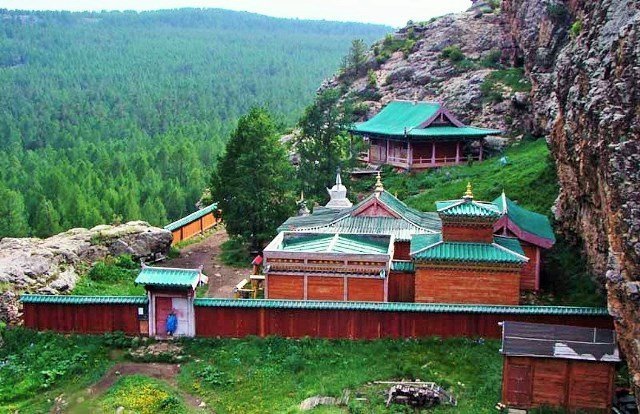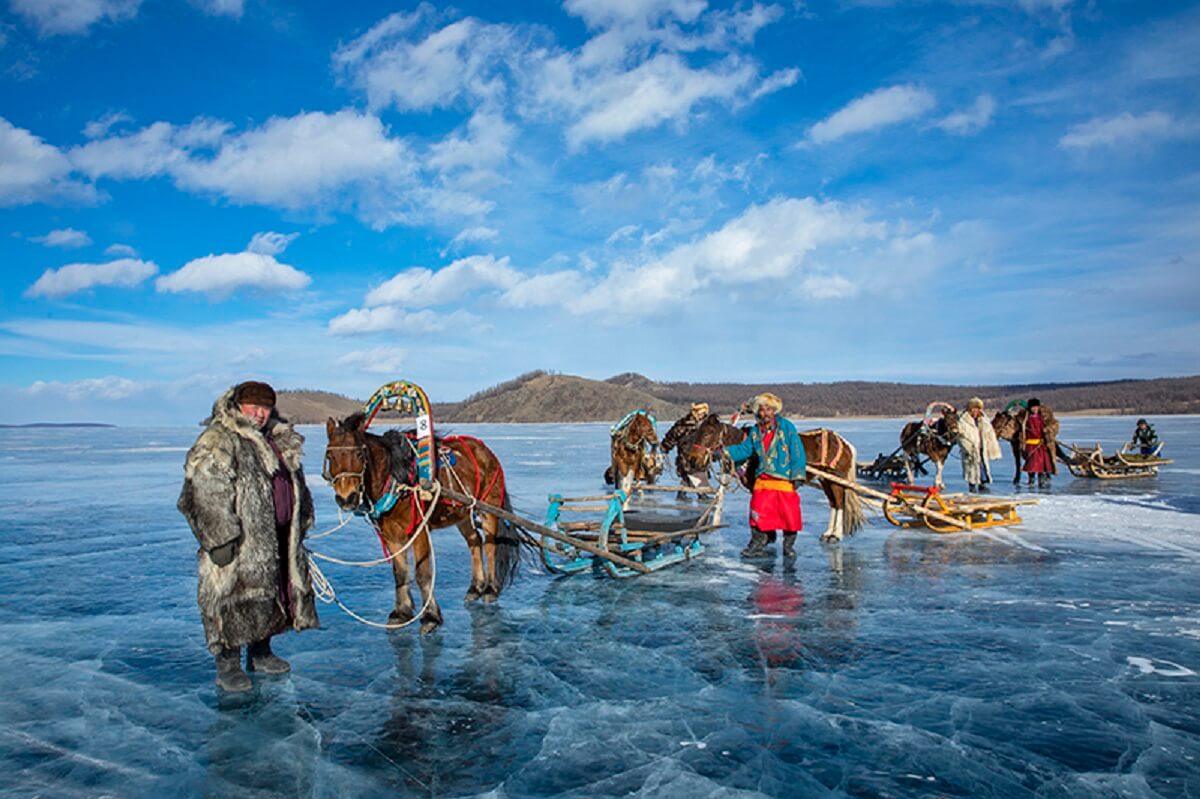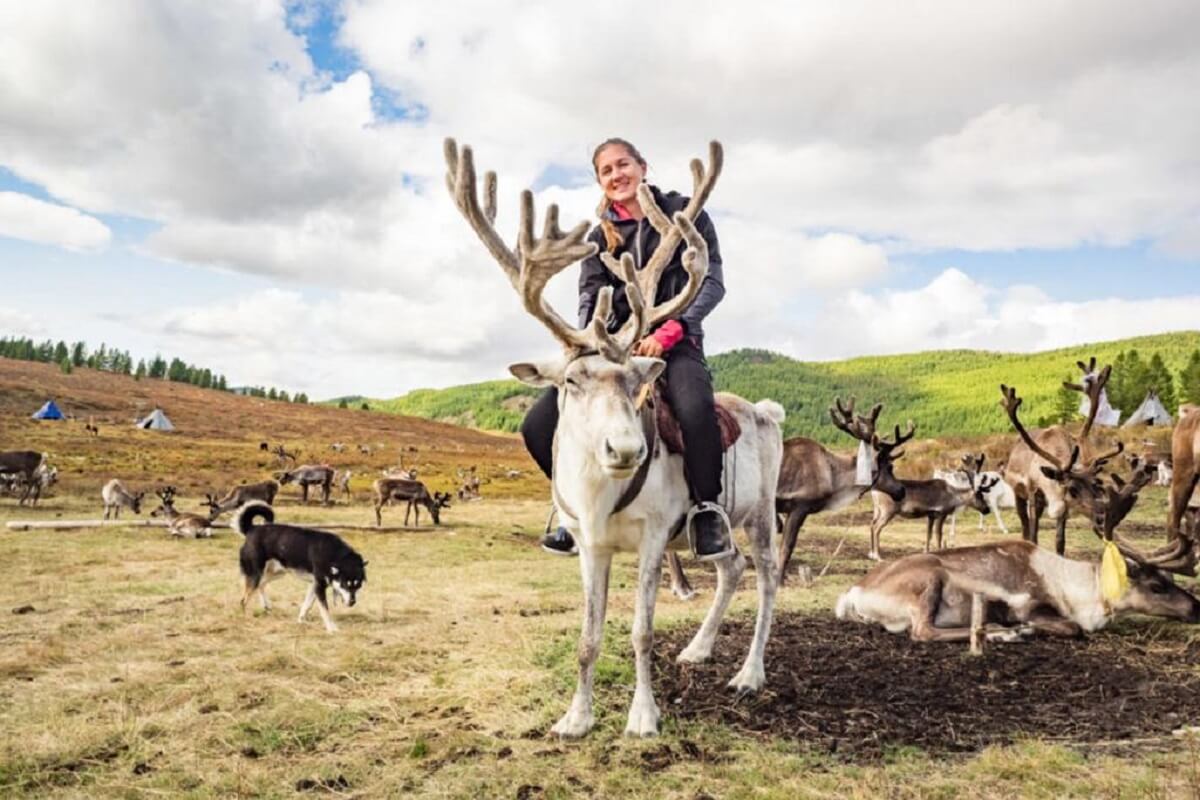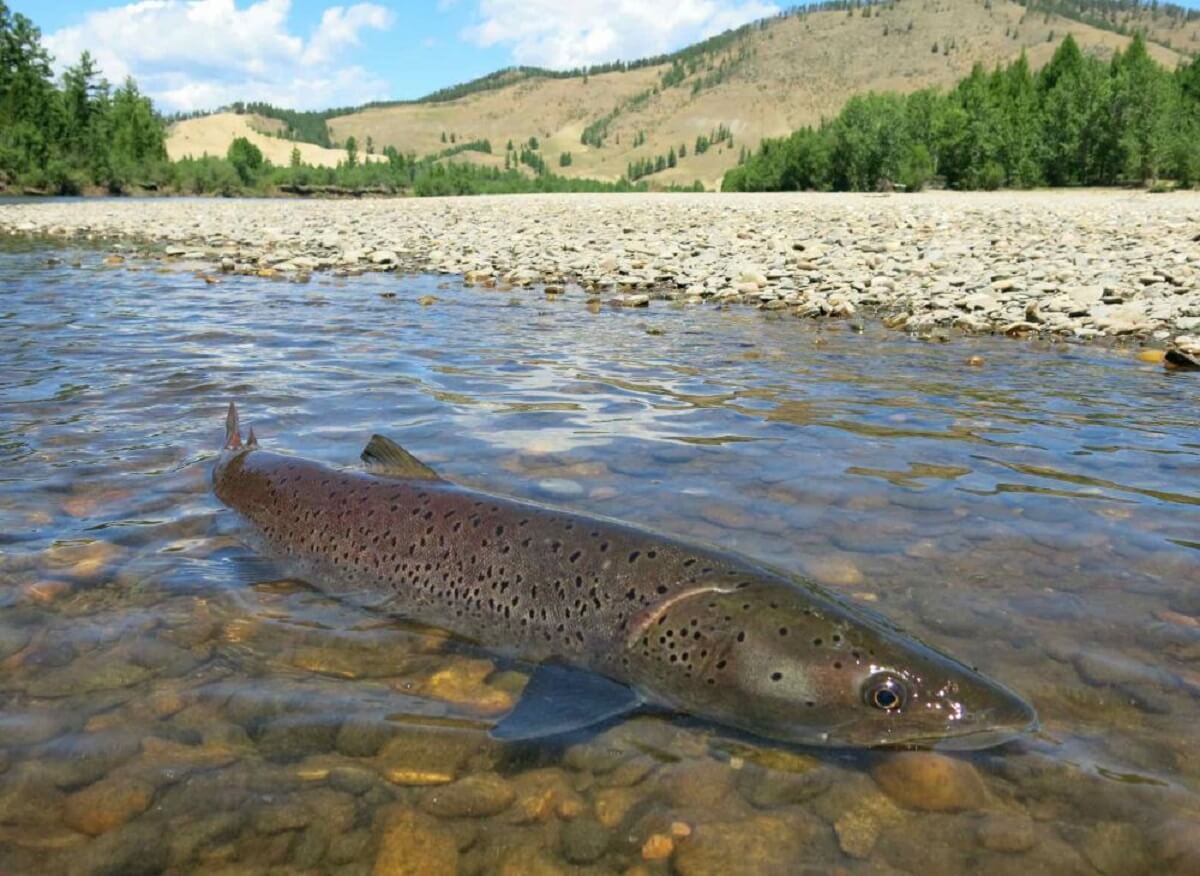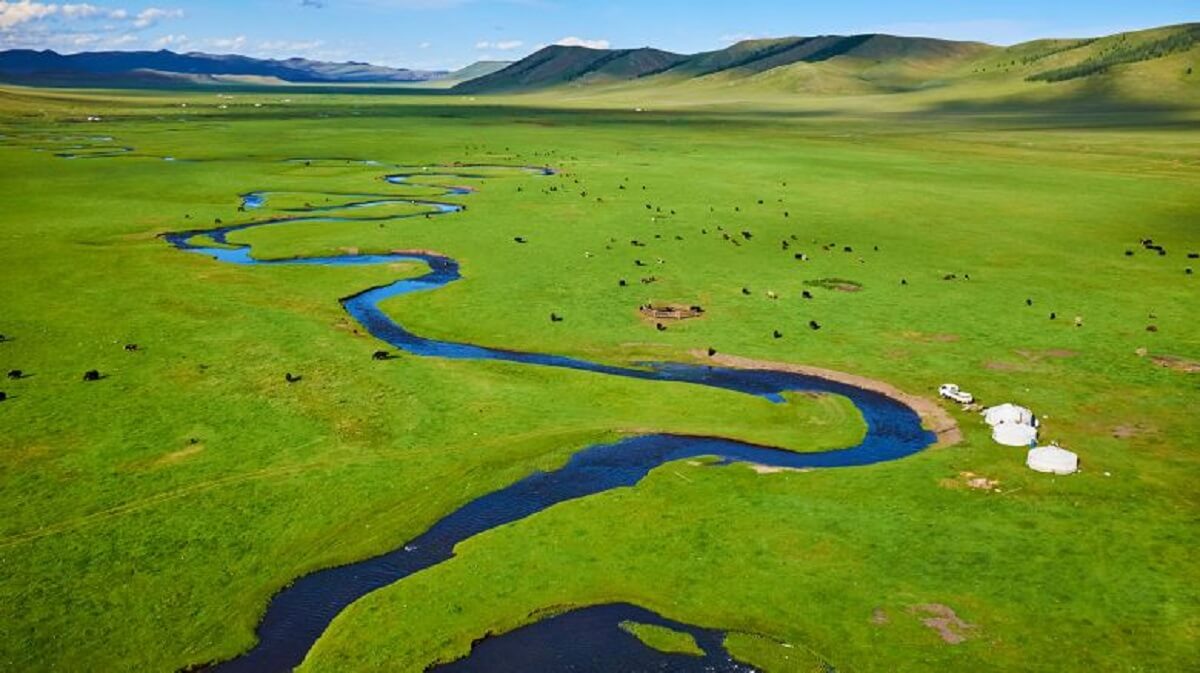10 Best Things to See in Mongolia
If you’re planning an epic journey filled with untouched landscapes, nomadic culture, and jaw-dropping natural wonders, then Mongolia should be at the top of your bucket list.
In this guide, we’ll uncover the 10 Best Things to See in Mongolia, taking you through ancient deserts, alpine lakes, and the heart of Mongolian traditions. Whether you’re traveling by own car, joining one of the many guided tours, or relying on public transport, these experiences will make your trip unforgettable.
Unlike more popular tourist destinations like Italy, France, and Japan, Mongolia offers a unique and tranquil experience due to its lower influx of tourists.
1. The Gobi Desert – Mongolia’s Majestic Sea of Sand
One of the most iconic places to visit in Mongolia, the Gobi Desert stretches across the southern region and offers a surreal blend of towering sand dunes, flaming cliffs, and roaming camels. This isn’t just sand; it’s a place where you’ll find Mongolian dinosaurs fossils, sacred canyons, and hidden natural hot springs.
Most visitors enjoy staying in ger camps to experience Mongolia in its most authentic form. Wake up early, sip milk tea with a local family, and ride a camel into the sunrise. Travelers can find great deals on accommodations, especially in September before popular festivals.
Best For: Nature lovers, photographers, and those into paleontology.
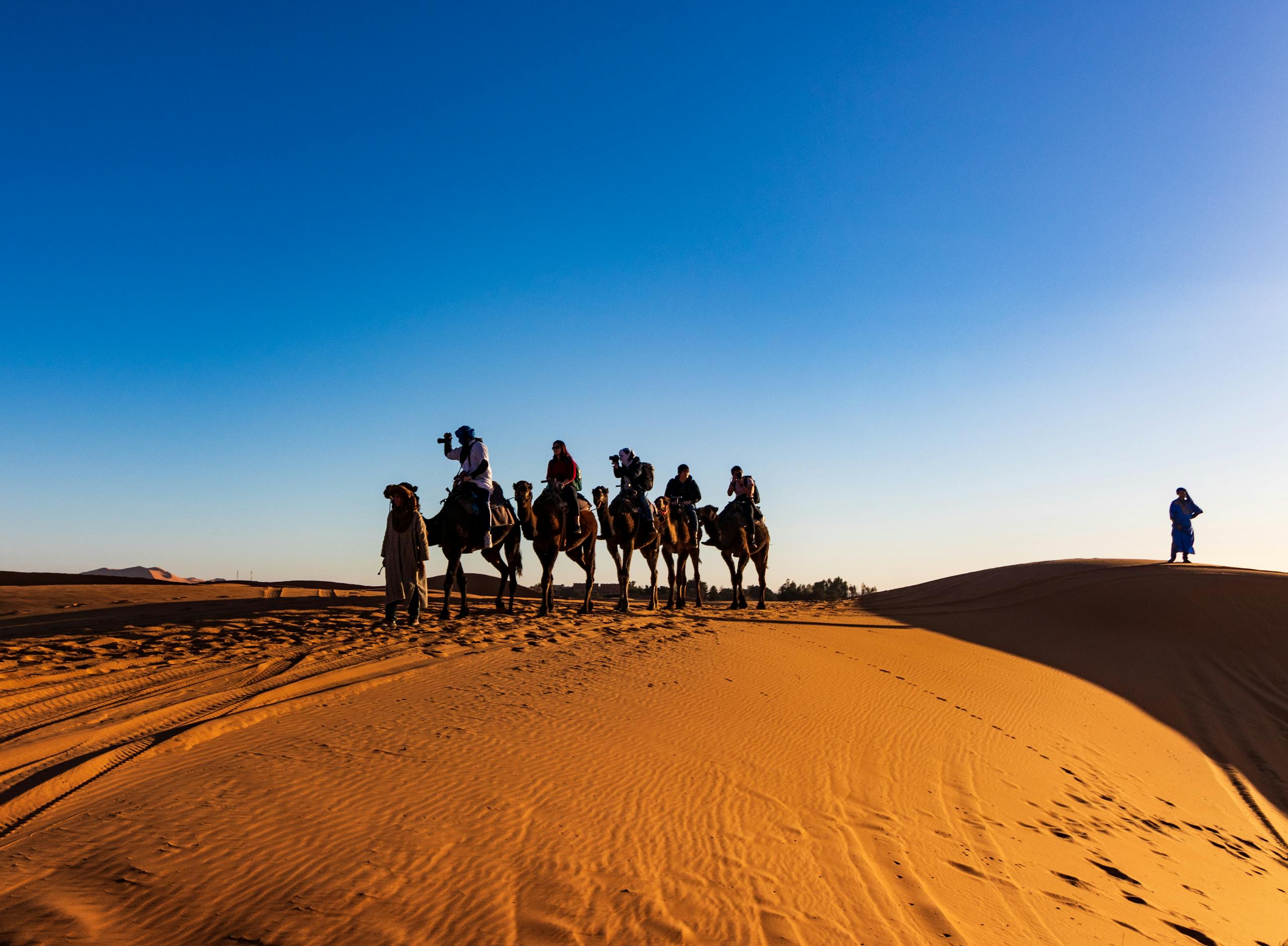
2. Lake Khovsgol – The Blue Pearl of the North
Located in northern Mongolia, Lake Khovsgol is often compared to Lake Baikal for its crystal-clear waters and alpine charm. Surrounded by the Mongolian steppe, pine forests, and rolling mountains, this sacred lake is ideal for horseback riding, hiking, and relaxing among locals who maintain their traditional lifestyle.
The area near the lake has few places with Wi-Fi, making it perfect to stay connected to nature instead of screens. During the summer, nomadic families migrate to this region with their livestock, offering travelers a glimpse into true Mongolian culture. For those looking to explore the Gobi Desert, renting cars can be a great option, providing the benefits of self-driving tours and the flexibility to navigate the rugged terrain.
Pro Tip: Don’t miss the chance to try drinking airag, a traditional fermented mare’s milk.

3. Gorkhi-Terelj National Park – Nature Meets Nomadic Life
Just an hour’s drive from the city centre of Ulaanbaatar, Gorkhi-Terelj National Park is a must on any Mongolia itinerary. Its rugged rock formations, alpine meadows, and open grasslands are perfect for horseback riding, off-roading, or visiting a nomadic family.
During the summer, the lives of local families who migrate to the region with their livestock offer a unique glimpse into traditional Mongolian culture. You can also visit Aryabal Meditation Temple perched on a hill or take a photo with the famous Turtle Rock. It’s one of the few temples in the entire country easily accessible for day trips.
Ideal For: Families, adventurers, and those short on time.
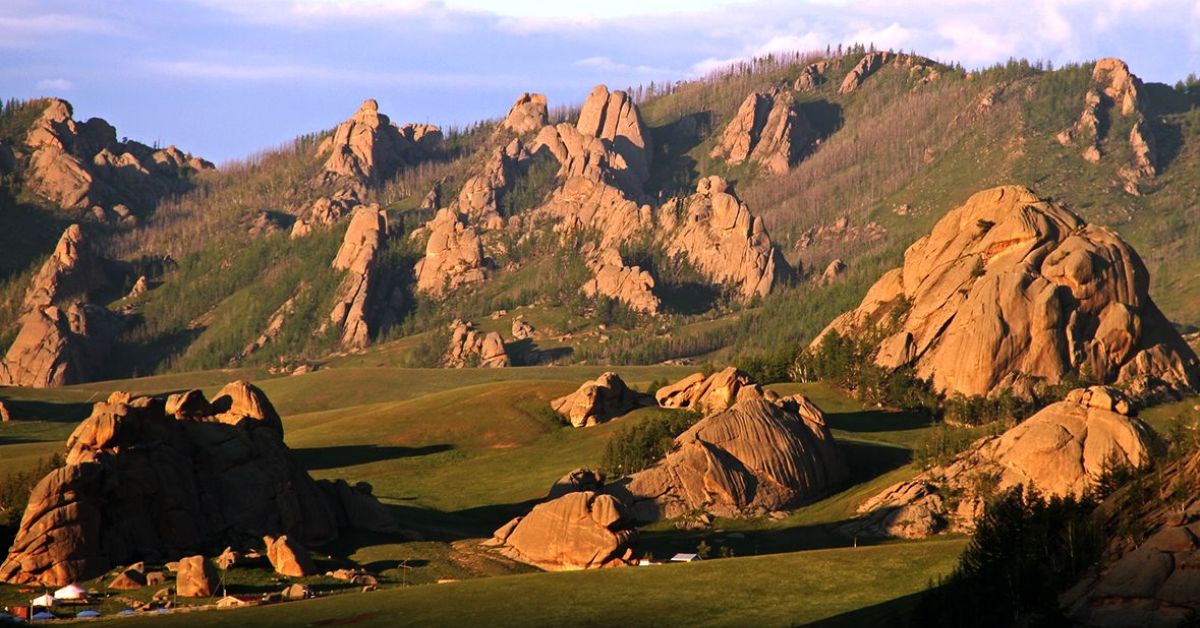
4. Ulaanbaatar – The Beating Heart of Mongolia
While many come for the landscapes, the city of Ulaanbaatar offers fascinating museums, vibrant street food, and a glimpse into modern Mongolian life. Make sure to visit the Central Museum of Mongolian Dinosaurs and the National History Museum to better understand the country’s epic story. Ulaanbaatar is also home to many museums, including the National Museum of Mongolia and the International Intellectual Museum, showcasing its rich cultural scene.
In July, Ulaanbaatar becomes the center of the Naadam Festival, where the opening ceremony features wrestling, horse racing, and archery – Mongolia’s traditional sports.
Getting There: Major airlines like Turkish Airlines and Korean Air connect the country with other countries, including through Beijing.
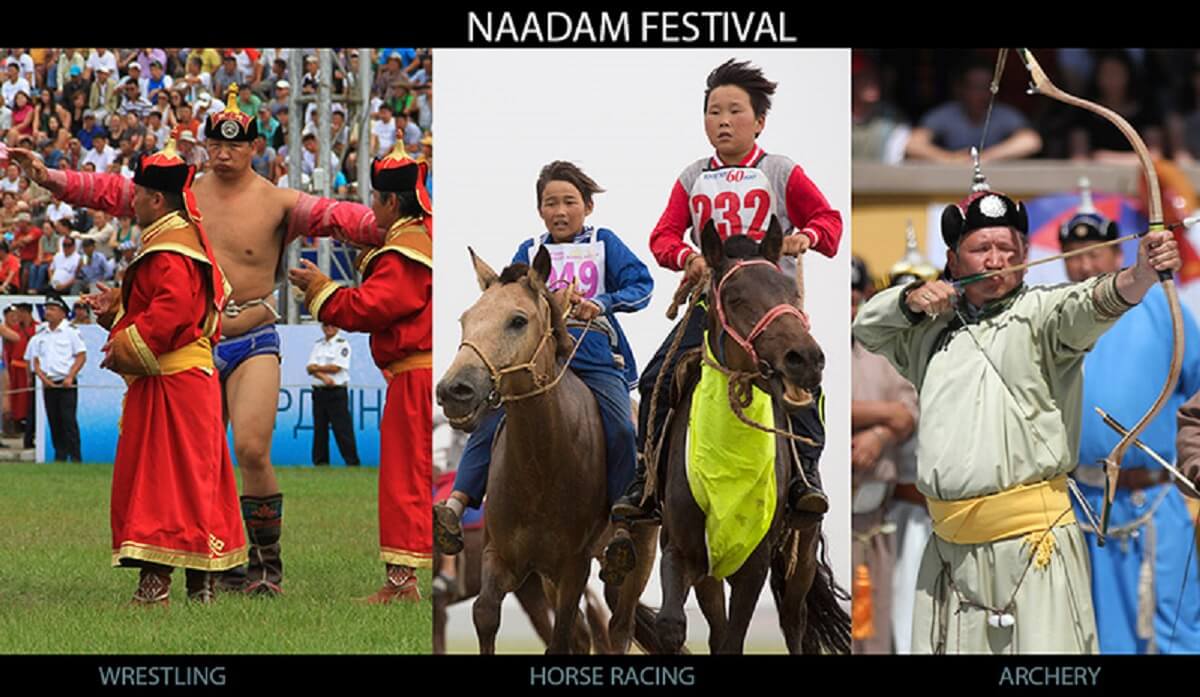
5. The Flaming Cliffs – Dinosaurs and Desert Sunsets
Located deep in the Gobi Desert, the Flaming Cliffs (Bayanzag) are world-renowned for the discovery of Mongolian dinosaurs in the 1920s. Their red-orange hues glow during sunset, making it one of the most scenic places to explore. Most visitors find the Flaming Cliffs to be a highlight of their trip to Mongolia.
Expect extreme conditions here – cold nights, blazing hot days, and vast openness. Pack appropriately and don’t forget your travel insurance – medical help in the desert can be hard to find in a medical emergency.
Best For: History buffs and adventurous travelers.
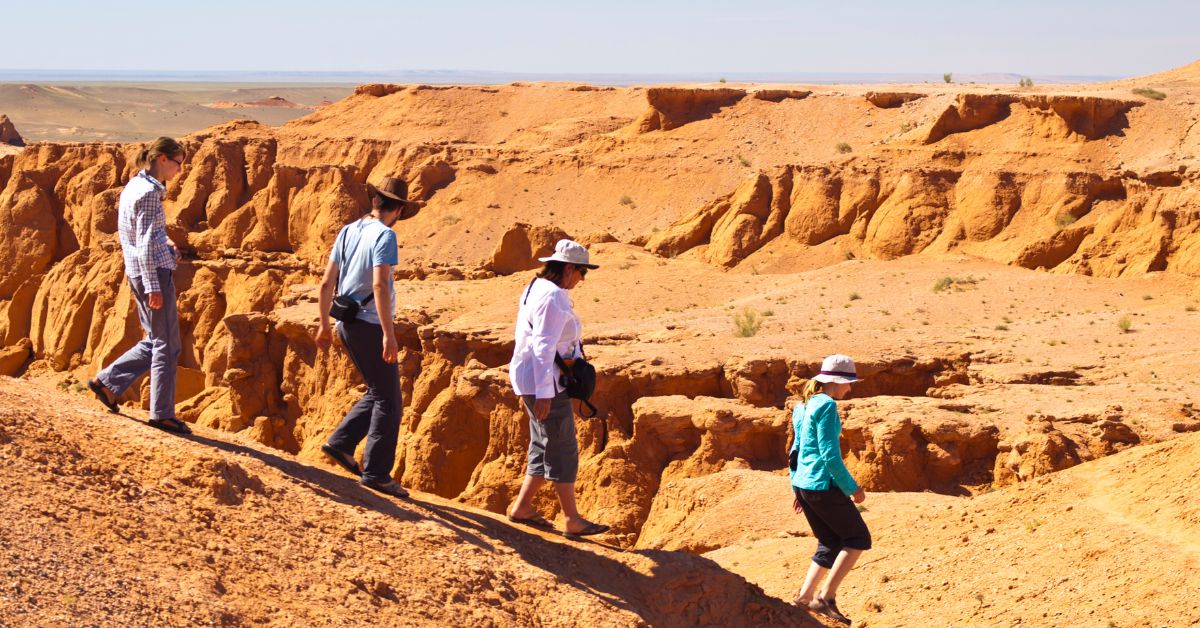
6. Erdene Zuu Monastery – A Sacred Place of Worship
The spiritual heart of central Mongolia, Erdene Zuu Monastery is the country’s oldest Buddhist monastery. Built in the 16th century, it lies in the ancient capital of Karakorum and remains one of the most historically significant places in the country.
While exploring the area, visitors often witness monks chanting and locals coming to pay respects at this sacred place. Buddhism and traditional beliefs hold great importance among Mongolians, deeply influencing their culture and daily life. There’s also a museum nearby with relics, scriptures, and statues explaining the rich religious life of Mongolia.
Insider Tip: Combine your visit with a stop at the ruins of Karakorum and the Orkhon Valley.
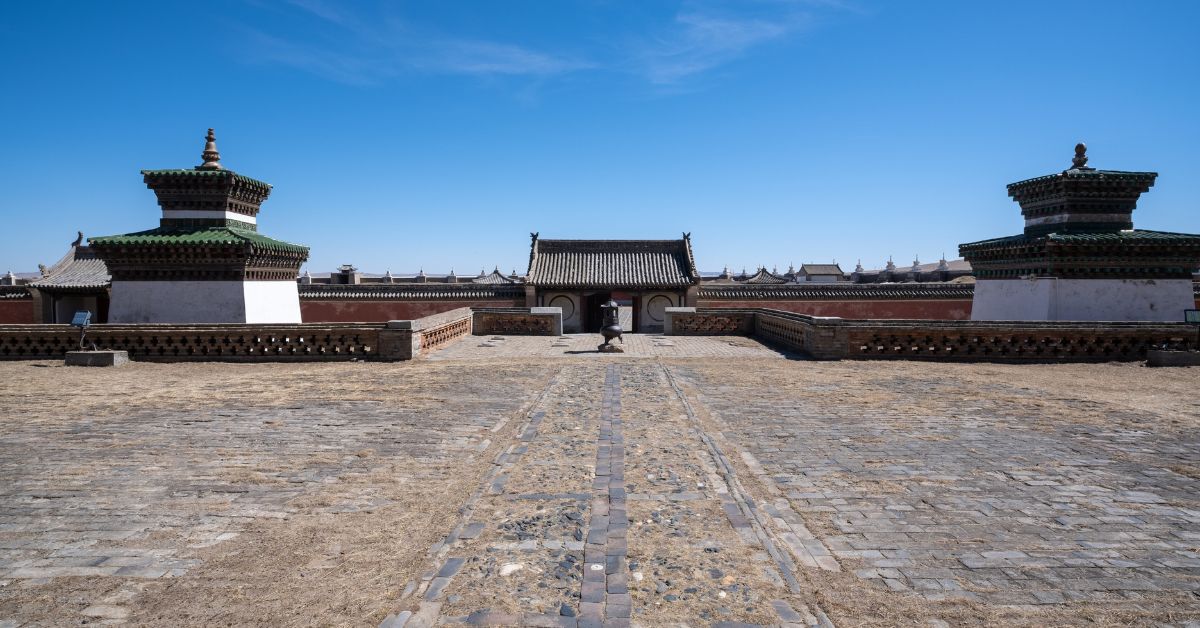
7. Hustai National Park – Where Wild Horses Roam Free
Located a few hours west of Ulaanbaatar, Hustai National Park is home to the rare Przewalski’s horse, the only wild horse species left on Earth. Unlike domesticated horses used for horse riding, these wild horses roam freely across the rugged terrain of the national park.
The park is also teeming with marmots, deer, and eagles, making it a paradise for nature lovers and wildlife photographers.
Logistics: No public transportation is available to the park, so renting your own car or joining guided tours is recommended.
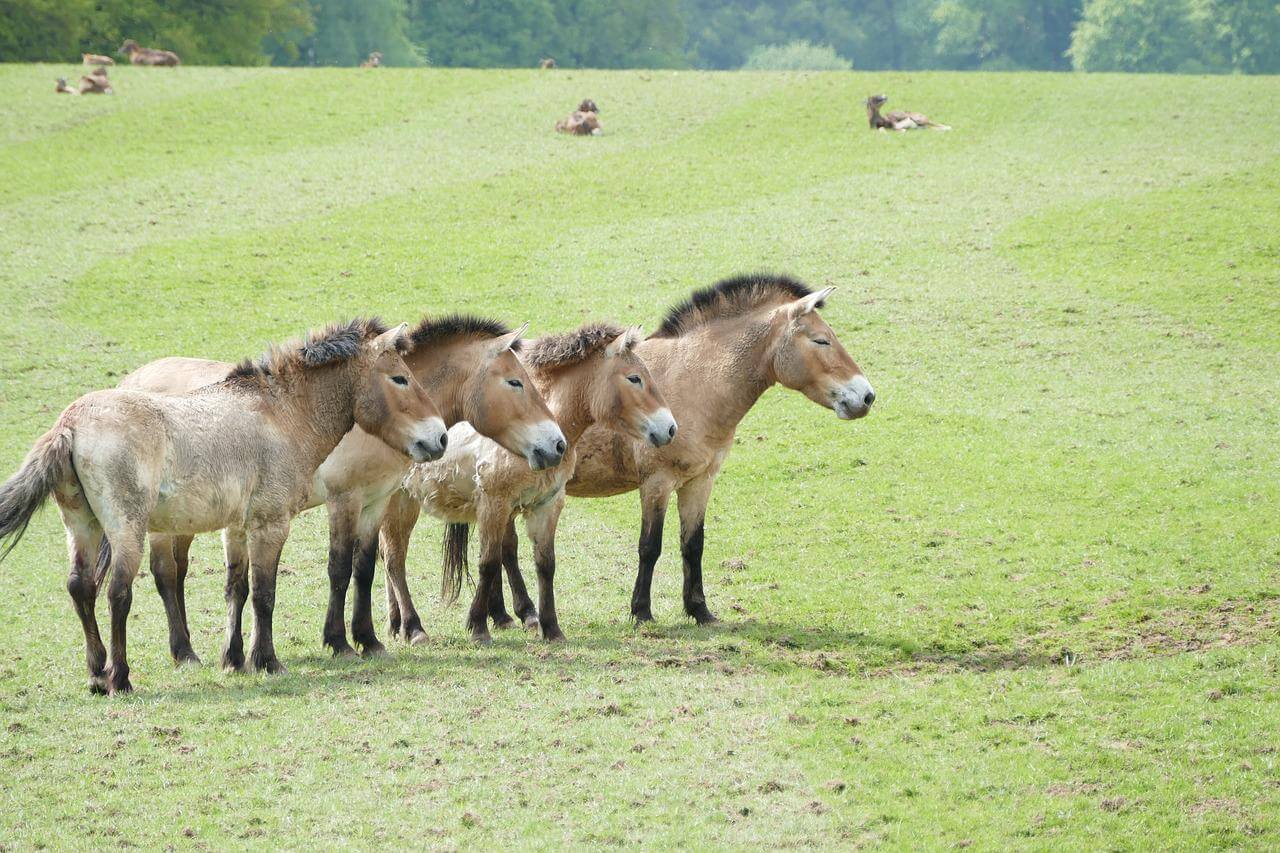
8. Tsagaan Suvarga – The White Stupa Cliffs
Another highlight of the Gobi Desert, Tsagaan Suvarga (White Stupa) is a dramatic limestone formation that resembles an ancient city from a distance. This natural wonder was formed over thousands of years and offers breathtaking views, especially at sunrise or sunset. Another scenic spot worth exploring for its cultural heritage and picturesque landscape is the town of Dadal.
There are few places in the world that match its eerie beauty, making it a hidden gem worth adding to your trip. The site is remote, so pack food, water, and prepare for higher elevations and solitude.
When to Visit: Spring and autumn, when the weather is mild.
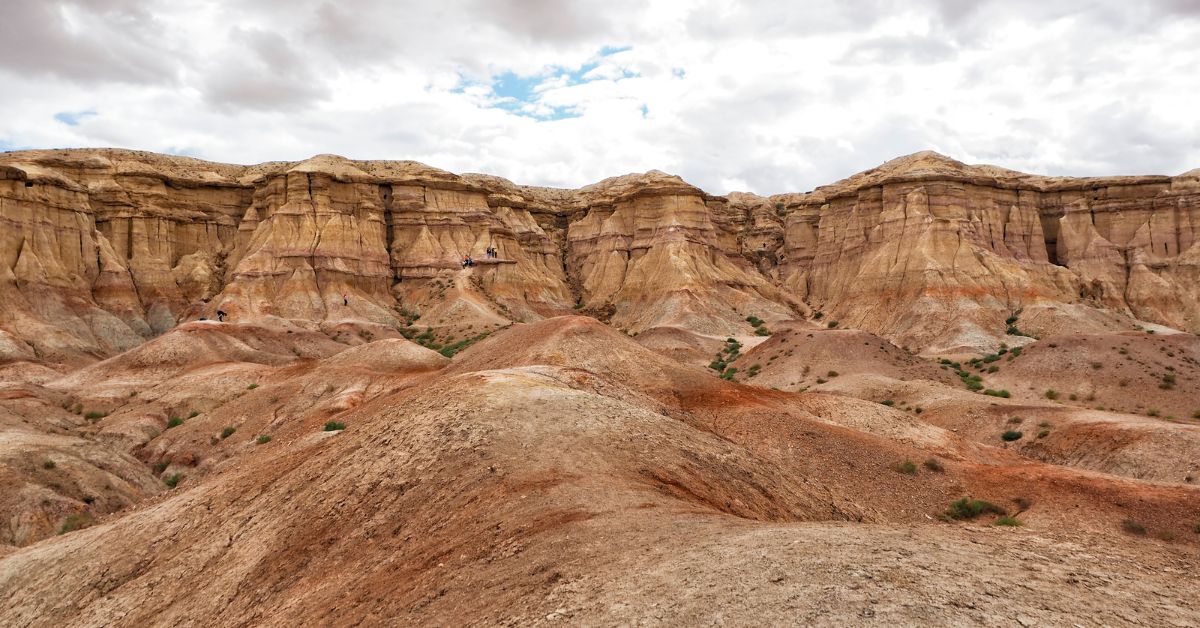
9. Tsenkher Hot Springs – Soak Under the Stars
For those in search of relaxation, head to the natural hot springs of Tsenkher in central Mongolia. After a long day of exploring, you can bathe in warm mineral waters while surrounded by pine forests and mountain vistas. Embrace the local rhythm and challenges at Tsenkher Hot Springs, much like you would with the rest of Mongolia.
Many ger camps around the area provide direct access to the springs and traditional meals made by locals. While there, you can also meet a local family or join a nomadic family for an evening under the stars.
Note: Night temperatures drop sharply even in summer – bring layers for the cold nights.
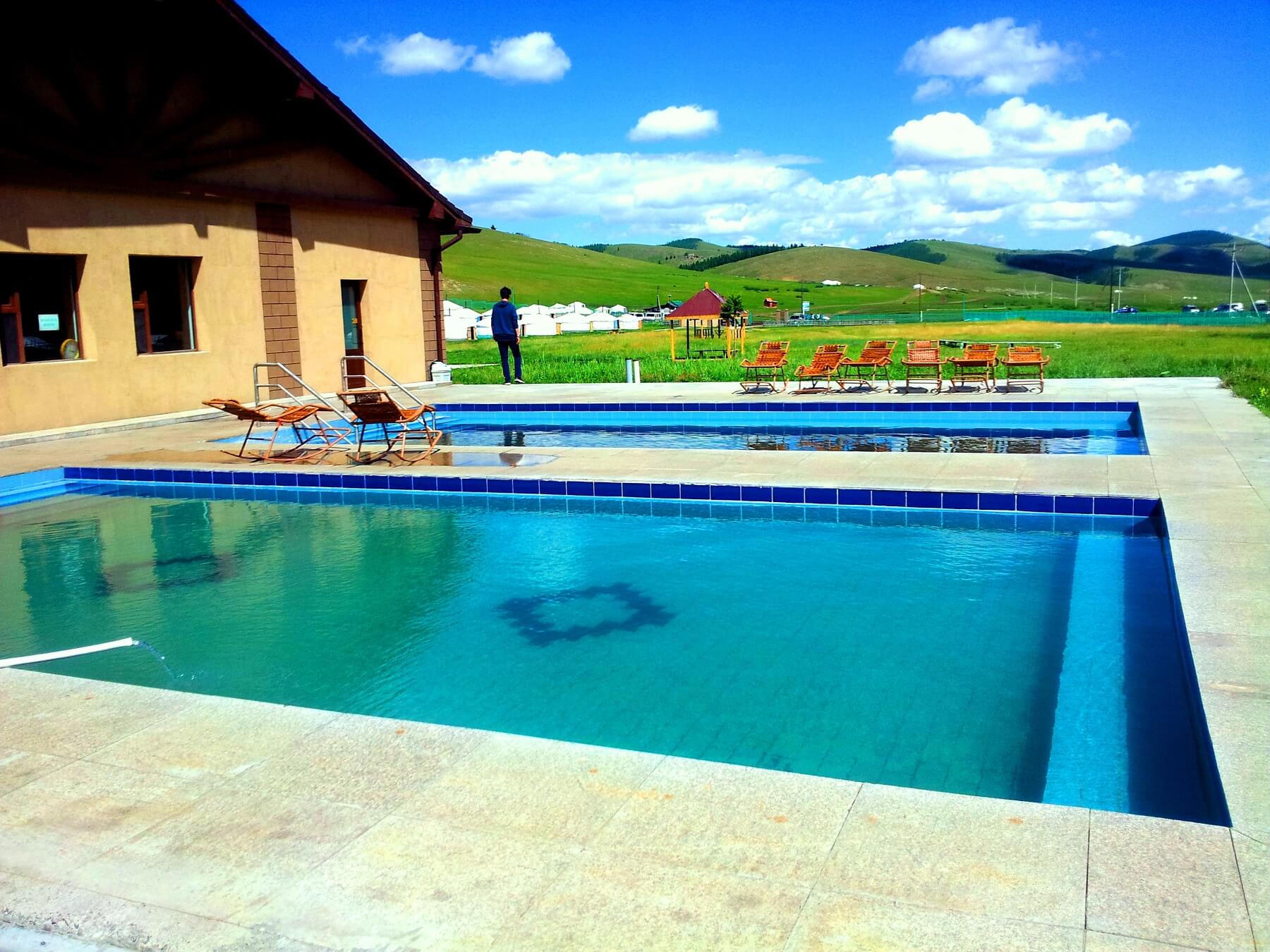
10. Winter Adventures – Dog Sledding and Cultural Immersion
Visit Mongolia in winter and you’ll discover a land transformed. Snow blankets the steppe, and traditional winter camps come alive with ice festivals, dog sledding, and frozen lakes perfect for skating. Summers in Mongolia offer unique travel experiences and cultural immersions, making it a prime time to connect with local tribes and traditions.
Though most people avoid winter travel, it’s a magical time to experience the hospitality of a nomadic family, enjoy hot mutton stew, and marvel at the perseverance of life in one of the world’s harshest climates.
Things to Remember:
- Very few English speakers in remote areas – a common language might be sign language or a smile.
- Always carry travel insurance to cover any medical emergency or delays due to extreme conditions.
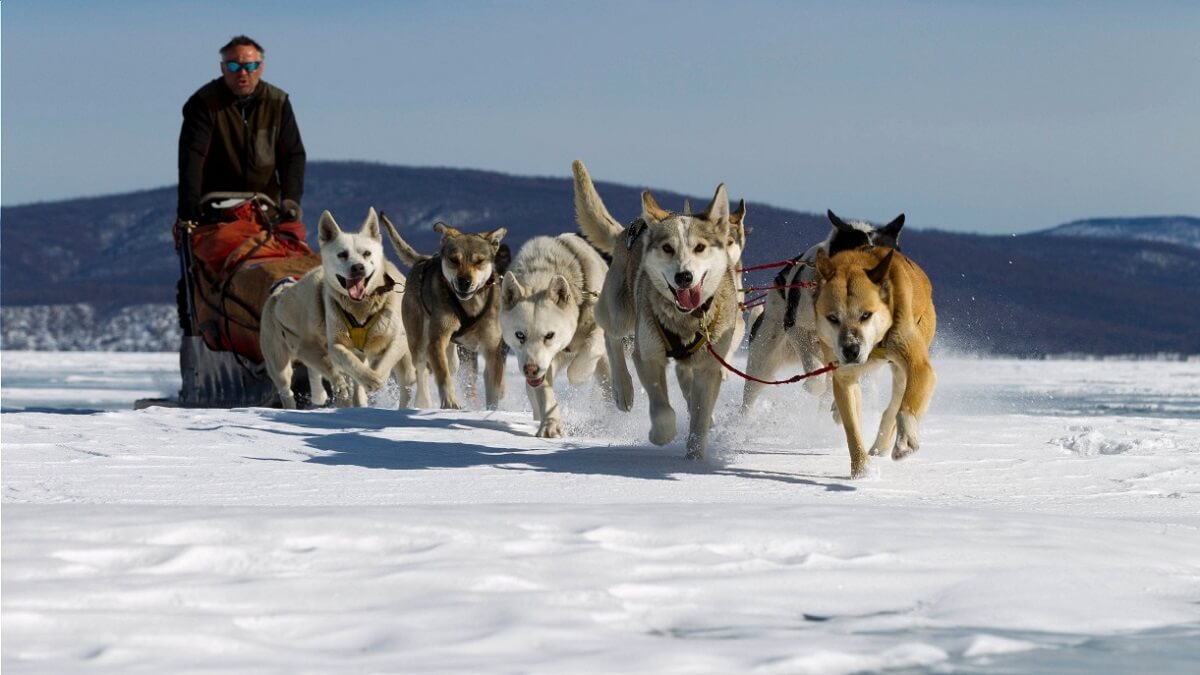
Final Thoughts
From the sweeping sands of the Gobi Desert to the pristine waters of Lake Khovsgol, the Best Things to See in Mongolia offer something for everyone. It’s a destination where you can ride horses with a nomadic family, hike through untouched national parks, soak in natural hot springs, or chase Mongolian dinosaurs in the desert.
While public transportation exists, many travelers opt for an own car or join tours to reach remote locations. Limited access to other cities from Ulaanbaatar means it’s often recommended to purchase bus tickets in person. Major international connections are available via Turkish Airlines, Korean Air, and flights from Beijing. Travelers from the west coast of the U.S. have favorable flight connections through cities like Seoul and Beijing.
With a spirit of adventure, a bit of planning, and an open heart, you’ll soon understand why Mongolia is unlike anywhere else in the world.
So pack your bags, brush up on local customs, and get ready to experience Mongolia in its wild, raw, and beautiful form.

